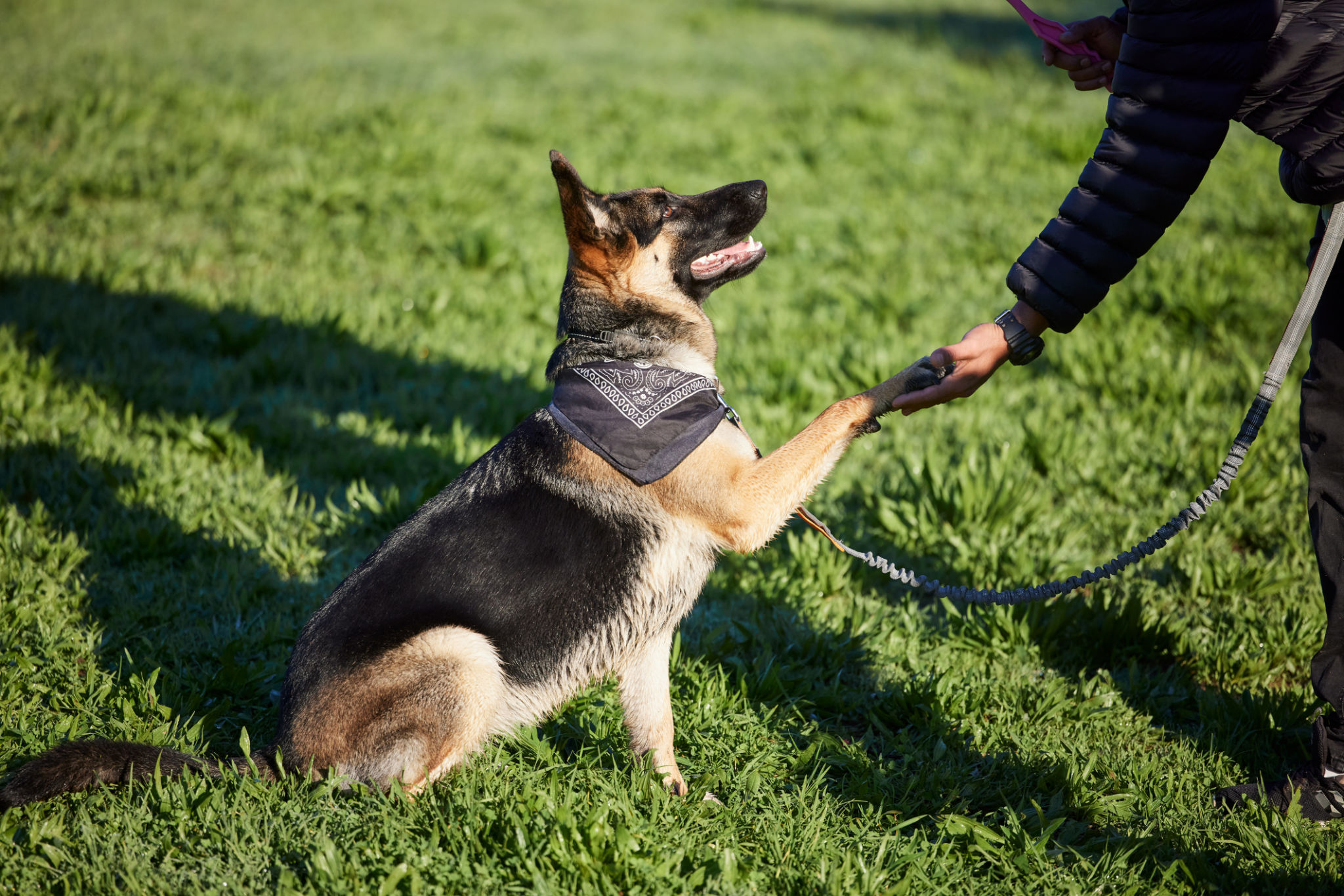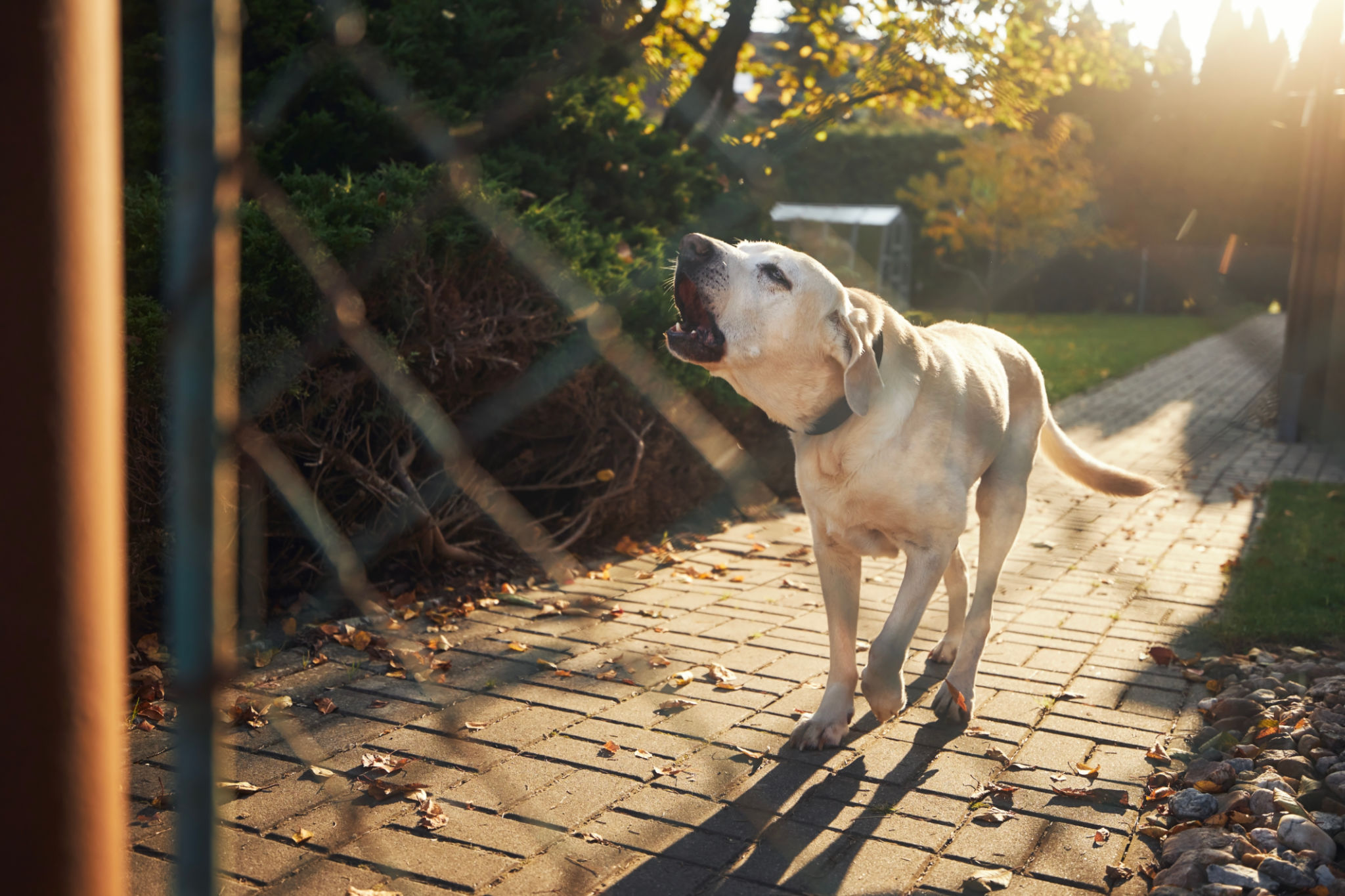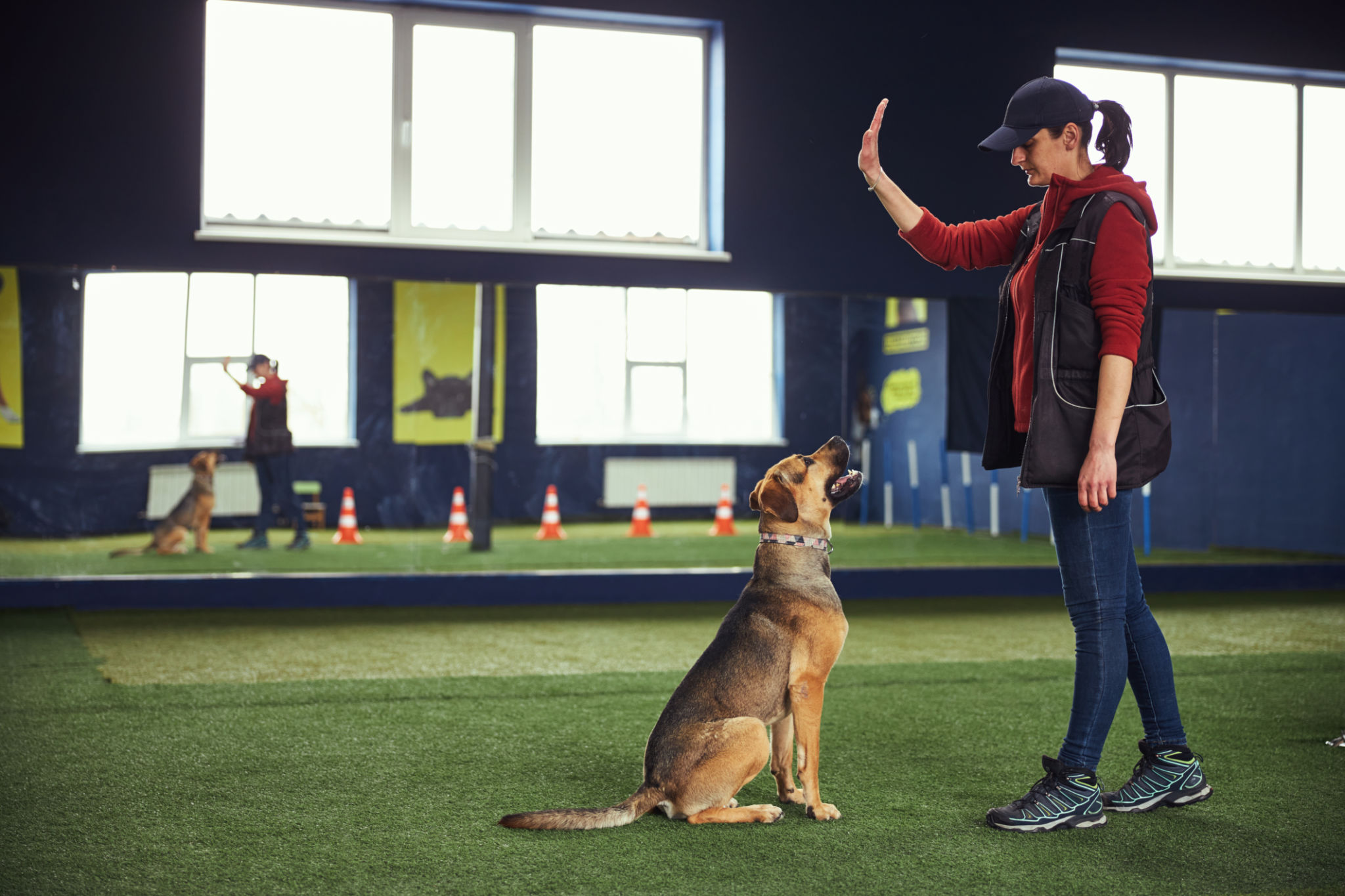How to Train Your Dog for Home and Vehicle Protection
Understanding the Basics of Protection Training
Training your dog for home and vehicle protection starts with a solid foundation in obedience. Your dog must understand basic commands such as sit, stay, come, and leave it. These commands help establish control, ensuring your dog responds appropriately in various situations. Consistent training with positive reinforcement will help your dog learn these essential skills quickly.
Once your dog has mastered basic obedience, you can begin introducing protection training. It's important to remember that protection training is not about teaching aggression; rather, it's about building confidence and teaching your dog to respond to specific threats.

Choosing the Right Breed and Age for Protection Training
While many dogs can learn protection skills, some breeds are naturally more suited for this type of training. Breeds such as German Shepherds, Rottweilers, and Dobermans are known for their protective instincts and intelligence. However, any dog can benefit from protection training to some extent.
It's also crucial to start training at the right age. Puppies as young as eight weeks can begin learning basic obedience and socialization skills. For protection training, it's often recommended to wait until your dog is at least 6 to 12 months old, as they need maturity to handle the complexities of this type of training.
Steps for Home Protection Training
Home protection training begins by teaching your dog to recognize and alert you to potential threats. Here are some steps to guide the process:
- Alert Barking: Train your dog to bark on command and reward them when they alert you to strangers approaching your home.
- Boundary Establishment: Use markers or flags to help your dog understand the boundaries of your property.
- Controlled Aggression: Teach your dog to respond assertively yet appropriately when a threat is detected. Use a professional trainer if necessary.

Vehicle Protection Training Techniques
Training your dog to protect you while in a vehicle requires a slightly different approach. Here are some techniques to consider:
- Secure the Vehicle: Ensure your dog is comfortable and secure in the vehicle. Use a harness or crate for safety during travel.
- Alert Commands: Similar to home protection, train your dog to alert you with a bark if someone approaches the vehicle.
- Exit Control: Teach your dog to remain calm and not exit the vehicle until commanded, even in potentially stressful situations.
The Importance of Professional Guidance
If you're serious about training your dog for protection, consider working with a professional trainer. Experienced trainers can provide valuable insights and techniques that ensure your dog's training is both effective and humane.
Professional trainers can also help identify any behavioral issues that may need addressing before engaging in protection training. The safety of both your family and your dog should always be the top priority.

Maintaining Balance and Socialization
While protection training is important, it's equally crucial to maintain your dog's socialization skills. Regular interaction with other dogs and people helps prevent over-aggression and ensures your dog remains friendly and approachable.
A well-rounded training regimen balances protection skills with socialization, ensuring your dog can distinguish between real threats and normal social interactions. Regularly assess their progress and adjust training methods accordingly.
Conclusion: Patience and Consistency are Key
Training a dog for home and vehicle protection requires patience, consistency, and dedication. With the right approach, your dog can become a reliable protector while maintaining a friendly demeanor. Remember that ongoing training is necessary to reinforce learned behaviors and adapt to new situations as they arise.
By investing time in proper training, you can ensure a safer environment for both you and your loyal canine companion.